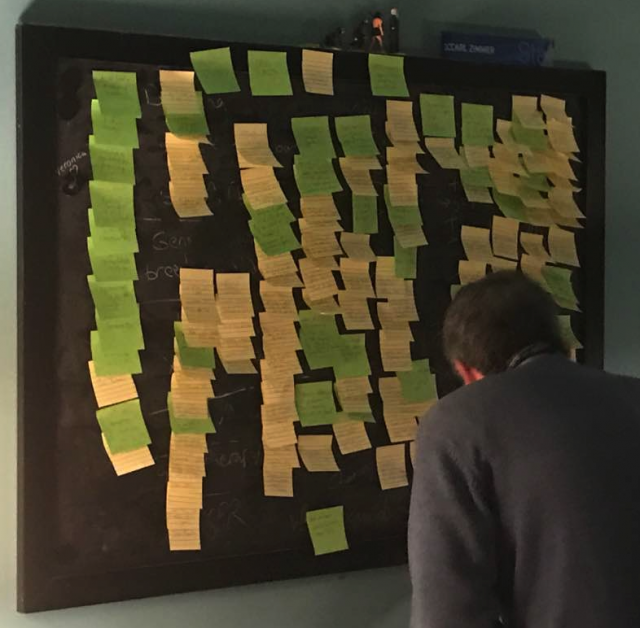
The other day I used Post-it notes to organize my ideas for the last chapter of my book about heredity. On the one hand, getting to this point feels good: Last chapter! Lots of ideas! On the other hand, you readers probably won’t be happy with a pile of Post-it notes at the end of my book. So…I’m busy.
Since the last Friday’s Elk, I’ve published a couple columns for the New York Times. Recently, a group of scientists published a review about the emerging science of making embryo-like…things. They’re not eggs fertilized by sperm. They’re reprogrammed stem cells that, when combined with each other, start to develop embryo-like features. We can learn a lot from them. But how far should we let them go? Here’s my look at the ethics of this brave new world. Continue reading “Friday’s Elk, March 25, 2017”